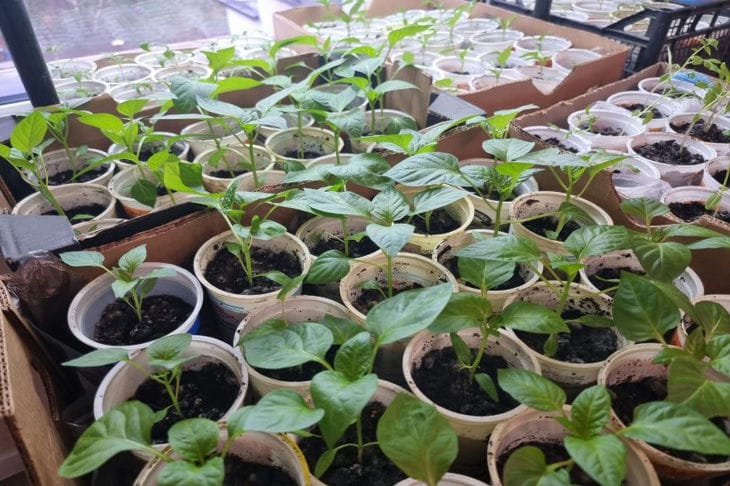Why seedlings wilt: reasons and solutions
Growing strong and healthy seedlings is the key to a future harvest.
But what to do if young plants begin to wilt, despite careful care?
The reasons for wilting can be different, and are not always associated with diseases, says Anastasia Kovrizhnykh .
Incorrect watering: destructive moisture
One of the main enemies of seedlings is improper watering. Excessive soil moisture leads to root rot, disruption of air exchange and the development of fungal diseases.
As a result, plants wither, turn yellow and die. Lack of moisture is also destructive: roots dry out, leaves lose their elasticity and seedlings wither.

It is important to find a balance and water the seedlings moderately, focusing on the condition of the soil. The top layer should dry out between waterings, but the soil ball should not dry out completely.
Lack of Light: Life Energy
Light is the main source of energy for plants. Insufficient lighting causes seedlings to stretch, weaken and wither. This is especially true in early spring, when daylight hours are still short.
To ensure sufficient lighting, seedlings should be placed on southern or eastern windows, and additional artificial lighting should be used if necessary.
Inappropriate temperature: comfortable conditions
Sudden temperature changes and cold air have a negative effect on seedlings, causing stress and wilting. The optimal temperature for most types of seedlings is from +20 to +25 degrees Celsius.
It is important to protect young plants from drafts and cold air, and also to prevent overheating in the sun.
Nutrient Deficiency: Plant Starvation
For active growth and development, seedlings need nutrients. Their deficiency leads to slow growth, yellowing of leaves and wilting.
It is important to feed seedlings in a timely manner with complex fertilizers containing nitrogen, phosphorus and potassium.
Pest Infestation: A Hidden Threat
Pests such as aphids, spider mites and whiteflies can cause serious damage to seedlings by sucking out sap and damaging leaves.
As a result, plants become weak, wither and may die.
It is important to regularly inspect seedlings for pests and, if necessary, take measures to destroy them.
Earlier we talked about growing sunflowers in the country .
